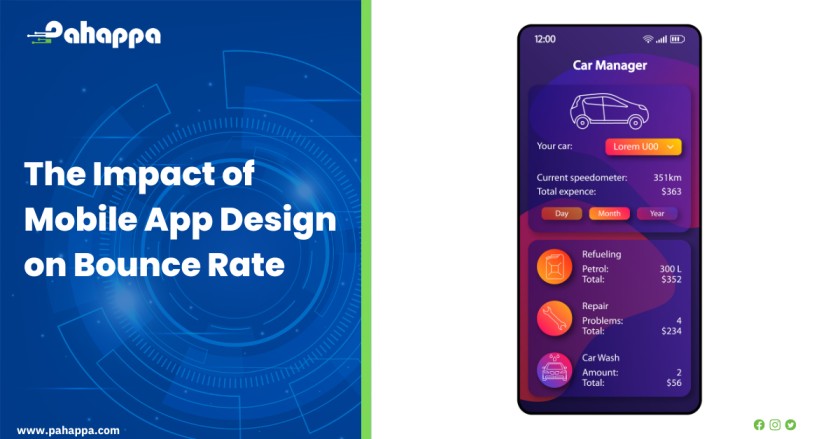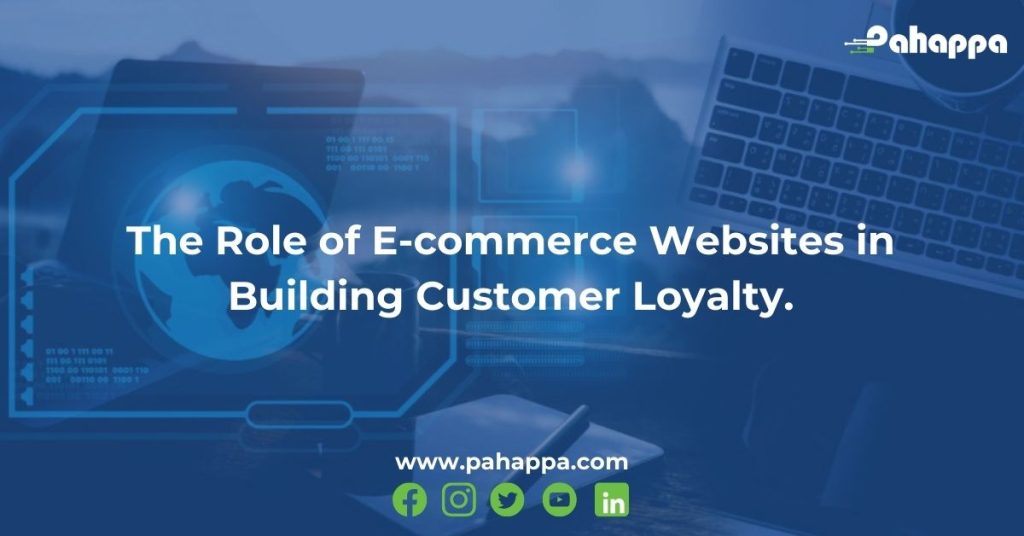Mobile app usage has exploded in recent years, with people relying on these apps for everything from entertainment to productivity. However, while many businesses are investing heavily in mobile app development, they often overlook the importance of mobile app design. The design of a mobile app can significantly impact its success, with one of the most critical metrics being the bounce rate. In this article, we will discuss the impact of mobile app design on the bounce rate
What is the bounce rate in mobile app design?
Bounce rate in mobile app design is the percentage of users that exit the app after visiting just one screen or page as a result of poor user experience or design.
When it comes to mobile app design, a high bounce rate could be an indicator that users are having trouble using the app, understanding its content, or finding the features they need. For instance, users may become irritated and leave an app quickly if the design is cluttered or difficult to use, leading to a high bounce rate.
By keeping users engaged and interested in the app, a well-designed mobile app that is simple to use offers useful content, and has an attractive layout can help lower the bounce rate.
App designers can improve user engagement, retention, and satisfaction by reducing bounce rates through good mobile app design, which can ultimately lead to greater success for the app.
Ways in which mobile app design can impact bounce rate
User Interface (UI)
Users engage with an app through its visual design and layout, or user interface. A good user interface should be simple to use, visually appealing, and simple. Users should be guided by it as they navigate the app and be assisted in finding their desired content quickly. If the UI is poorly designed, confusing, or difficult to use, users may leave the app quickly, resulting in a high bounce rate. Therefore, designers must pay careful attention to the UI to create an effective user experience.
Navigation
Navigation refers to how users move around the app and find what they are looking for. The navigation must be easy to use and intuitive. The user should be able to find what they need without having to search for it or get lost in the app’s layout. If the navigation is difficult to use or confusing, users may leave the app quickly, resulting in a high bounce rate. Therefore, designers must design effective navigation that guides users through the app and helps them find what they need quickly.
Loading time
The amount of time it takes for an app to load and start working is referred to as the loading time. A high bounce rate will result from users exiting the app rapidly if the app takes too long to load. To maintain users’ attention and engagement while using the app, designers must optimize the loading time. To achieve this, the app’s size should be kept to a minimum, its code should be optimized, and fewer requests should be made to the user.
Content
The content in the app refers to the text, images, and other media that users interact with. Relevant, simple-to-read, and visually appealing content is required. If the content is poorly written or not relevant, users may leave the app quickly, resulting in a high bounce rate. Therefore, designers must ensure that the content is engaging, relevant, and easy to read to keep users engaged and interested in using the app.
Visual design
The visual design of the app refers to the overall look and feel of the app. The design must be consistent, visually appealing, and easy on the eyes. If the design is cluttered, unattractive, or inconsistent, users may leave the app quickly, resulting in a high bounce rate. Therefore, designers must pay careful attention to the visual design of the app to create an effective user experience that keeps users engaged and interested in using the app. This can be achieved by using consistent colors, fonts, and layouts throughout the app.
Responsiveness
Responsiveness means that the app’s design will change depending on the device’s screen size and orientation. A poor user experience caused by a non-responsive design can result in users leaving the app rapidly and a high bounce rate. With so many different screen sizes and resolutions for mobile devices, it’s important for designers to ensure that their apps can be used on any device without sacrificing the user experience.
User Feedback
It is important to get user feedback to find out which parts of the app users could find unclear or confusing. Users are less likely to leave an app fast if it is straightforward and simple to use, which may be achieved by incorporating user feedback into the design process. By listening to user feedback and making changes based on it, designers can improve the user experience and reduce the bounce rate.
Error handling
When designing a mobile app, designers should consider how to handle errors and error messages. Poorly designed error messages can be confusing and frustrating for users, leading to a high bounce rate. Error messages should be clear and concise, explaining the problem and providing clear instructions on how to resolve it. By designing effective error messages, designers can reduce the likelihood of users leaving the app due to errors.
As mobile app usage continues to grow, it is more important than ever to prioritize design to stand out in a crowded market and achieve long-term success. By investing in mobile app design and development, businesses can create apps that not only meet the needs of their users but also provide an enjoyable user experience that keeps them coming back. For professional mobile app design and development services, contact us today!











